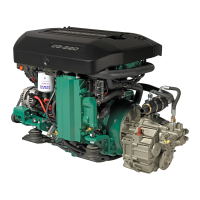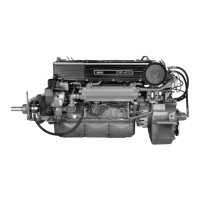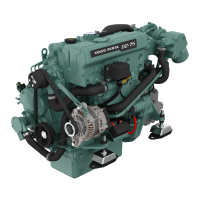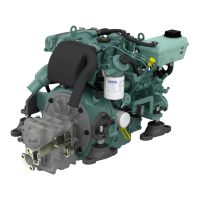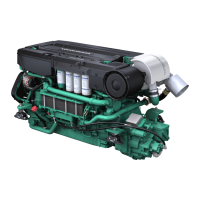36
Drive unit bellows
If you work on the drive bellows, secure the drive unit in a raised position in such a way that it cannot fall. A
falling drive unit may cause serious bodily injury.
— Check the drive unit bellows for fractures and deterioration.
— Check tightness of all hose clamps.
— Check the drive unit bellows and clamps annually.
— Replace drive unit bellows and clamps every second year. You may order the
bellows separately, or as part of an accessories kit. (The accessories kit also includes
o-rings, oils, washers, seals, and anodes.)
— If hose clamps must be tightened, or hoses and clamps must be replaced, the clamp screw positions must be
maintained as shown.
Fuel system __________________________________________________________________
Gasoline is extremely flammable and highly explosive. ALWAYS turn off the engine before
fueling. Do not smoke or allow open flames or sparks near the boat when adding fuel.
When filling the gas tank, ground the tank to the source of gasoline by holding the hose
nozzle firmly against the side of the deck filler plate, or ground it in some other manner.
This action prevents static electricity build-up that could cause sparks and ignite fuel
vapors.
Gasoline recommendations
USE ONLY UNLEADED FUEL. Maximum engine performance requires the use of lead-free gasoline with the
following minimum or higher octane specification:
Inside the U.S.: (R+M)/2 (AKI) – 87 Outside the U.S.: (RON) – 90
Premium fuel contains injector cleaners and other additives that protect the fuel system and provide optimum
performance. Volvo Penta strongly recommends the use of premium grade fuels.
Gasoline will degrade over time. Always buy your gasoline from a reputable dealer.
Engine damage resulting from the use of a lower octane gasoline than 87 AKI (90 RON) is considered misuse
of the engine. Any resulting engine damage will not be covered by the warranty.
Gasoline containing alcohol
Many brands of gasoline being sold today contain alcohol. Two commonly used alcohol additives are Ethanol (ethyl
alcohol) and Methanol (methyl alcohol). See your boat’s owner’s manual to see if the boat’s fuel system is compatible
with alcohol blended fuels. If it is, your engine may be operated using gasoline blended with no more than 10%
Ethanol meeting the minimum octane specification.

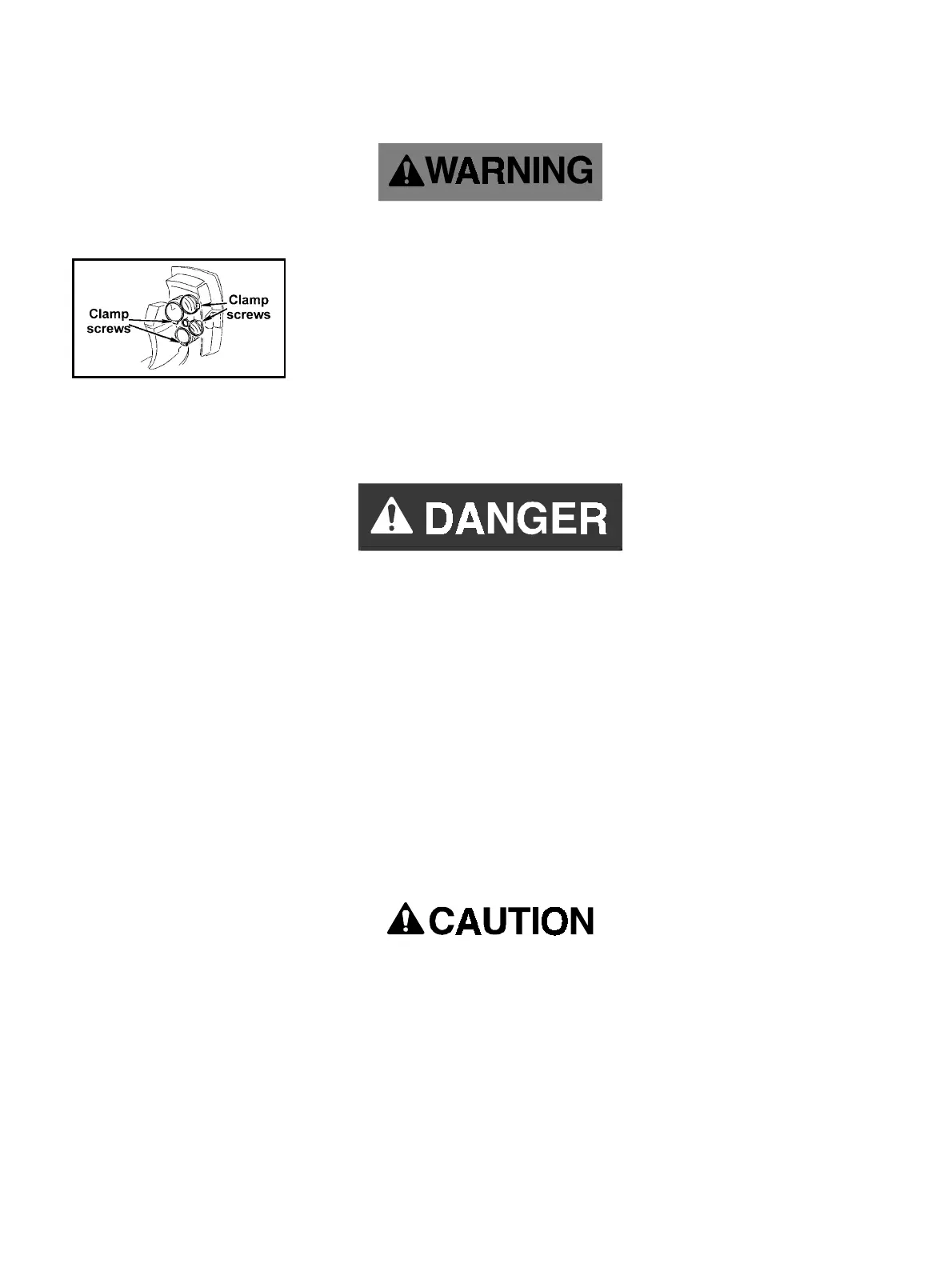